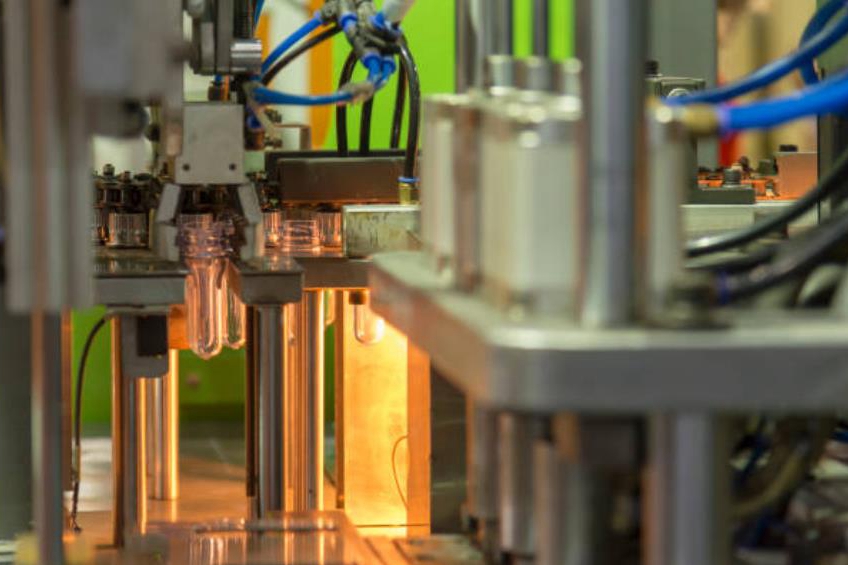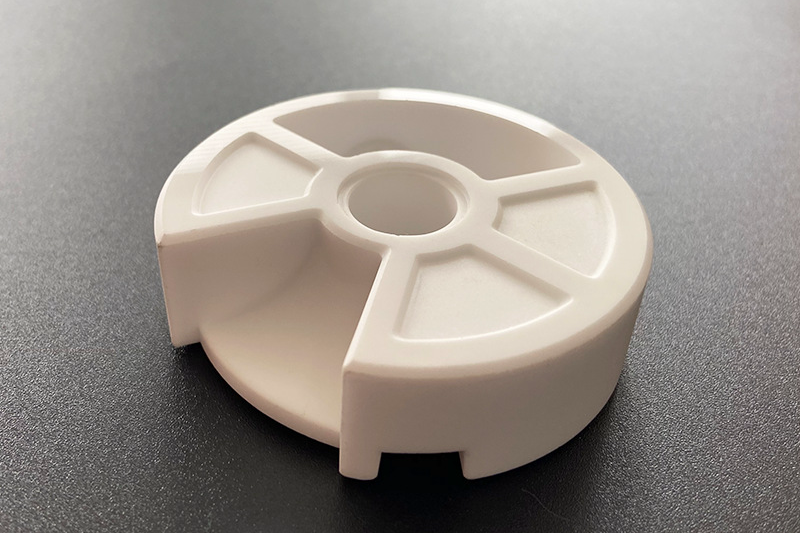Which surface treatments protect outdoor locks without adding much weight?
When designing outdoor locks, surface protection must enhance corrosion resistance and wear durability—without significantly increasing component weight. The best approach is to use thin, high-performance coatings rather than heavy plating layers. In a custom parts manufacturing workflow, lightweight lock housings from aluminum die casting or MIM alloys can be matched with surface treatments that reinforce longevity while keeping installation and handling weight low.
Lightweight Coating Strategies for Metal Parts
For aluminum lock housings, anodizing is one of the most effective lightweight options. It forms an oxide layer integral to the metal itself—typically only 10–25 microns thick—offering corrosion protection and improved surface hardness. For harsh outdoor conditions, anodizing can be followed by powder coating, which adds a thin polymer layer for impact resistance without significantly increasing weight.
For steel or stainless steel MIM components, lightweight corrosion-resistant finishes include passivation, which stabilizes surface chromium content without material buildup. When higher wear resistance is required, PVD coating provides a very thin (2–5 micron) ceramic-like layer that dramatically improves surface hardness while adding negligible weight.
Thin-Film Protection for Precision Mechanisms
In miniaturized lock components produced using metal injection molding, such as gears, cams, and pivot points, thin-film coating is critical to avoid tolerance deviation. PVD, nitriding, and electropolishing enhance mechanical resistance while maintaining precise geometries. These treatments are particularly suited for rotating joints and sliding interfaces where even minor wear can affect lock performance over time.
Coatings for Polymer and Hybrid Structures
For components produced via injection molding, lightweight corrosion protection may include painting or in-mold decoration (IMD) to add UV resistance and aesthetics without increasing part mass. When polymer housings integrate metal cores through overmolding or insert molding, protective coatings can be applied only to the exposed metal portions, minimizing weight and cost.
Lightweight Durability Through Manufacturing Integration
The most weight-efficient strategy is to apply coatings only where performance is needed. By integrating precision casting, sheet metal fabrication, and MIM in one lock assembly, heavy coatings can be avoided entirely. Instead, critical surfaces receive targeted protection—such as nitrided steel cams and anodized aluminum housings—while the rest remains untreated to reduce overall mass.



